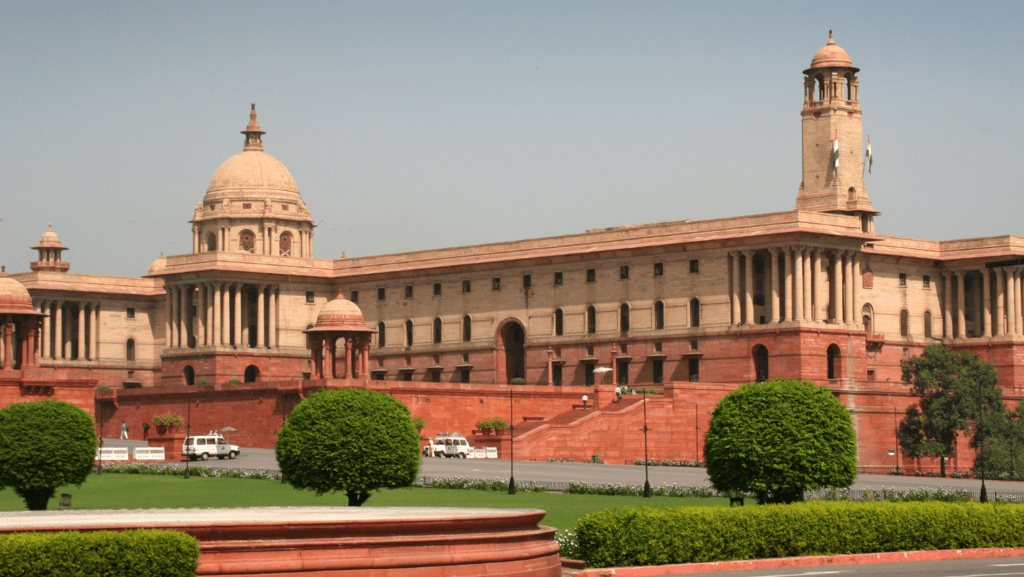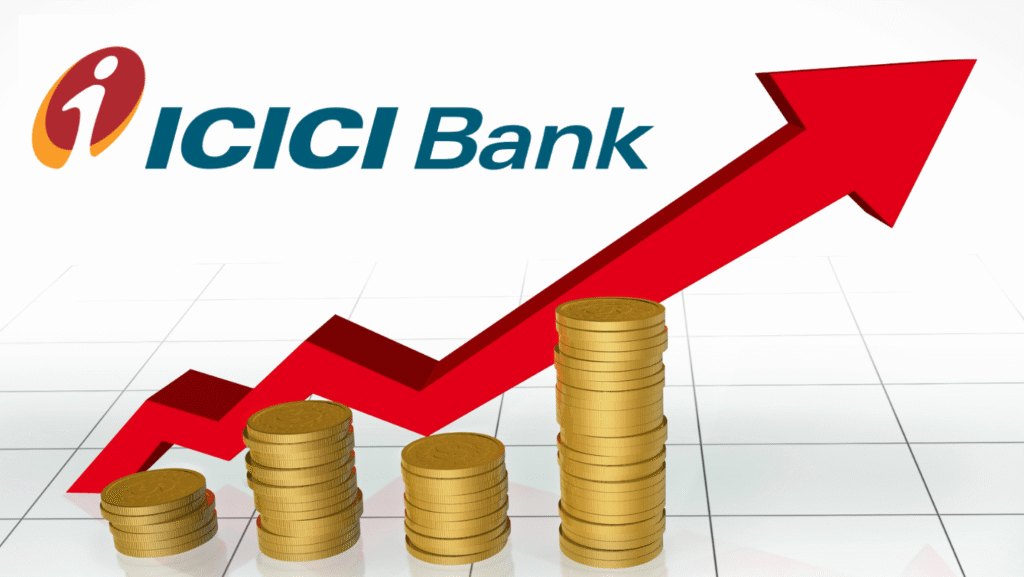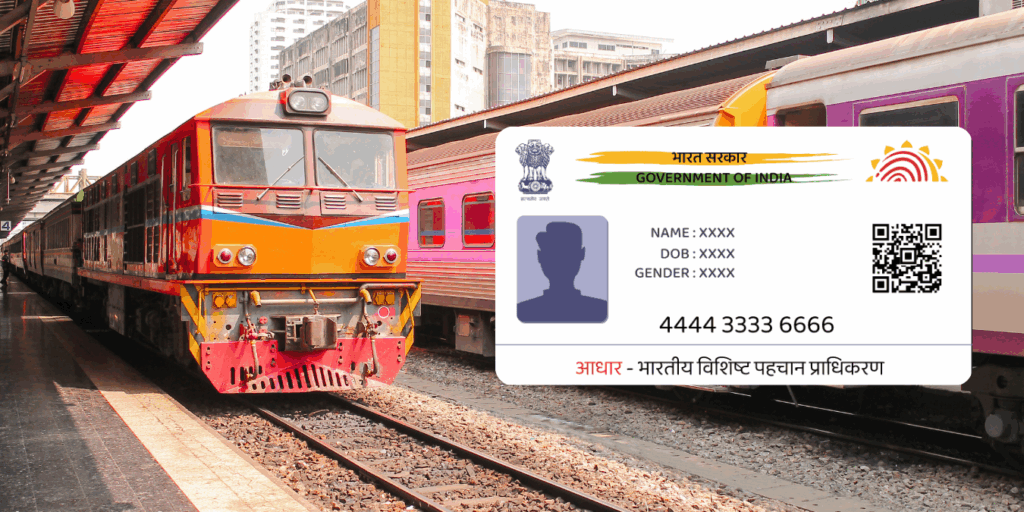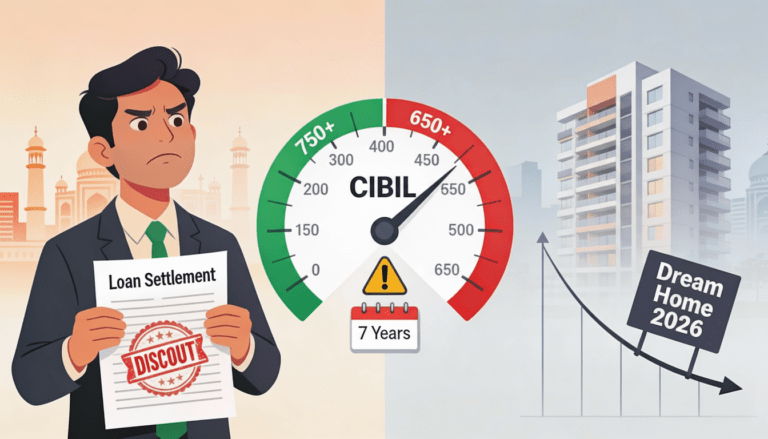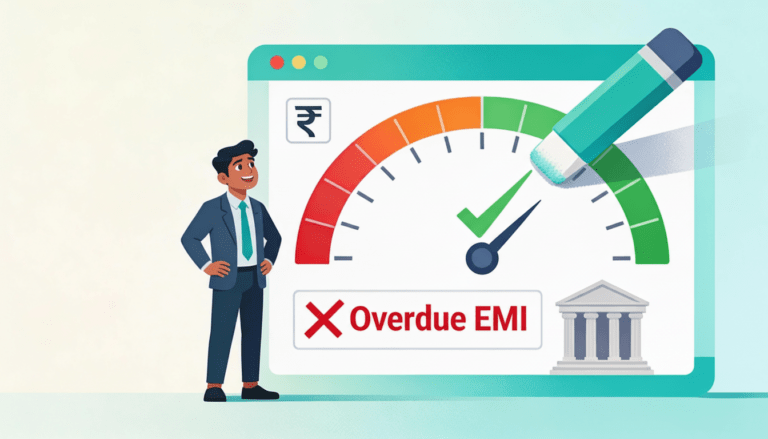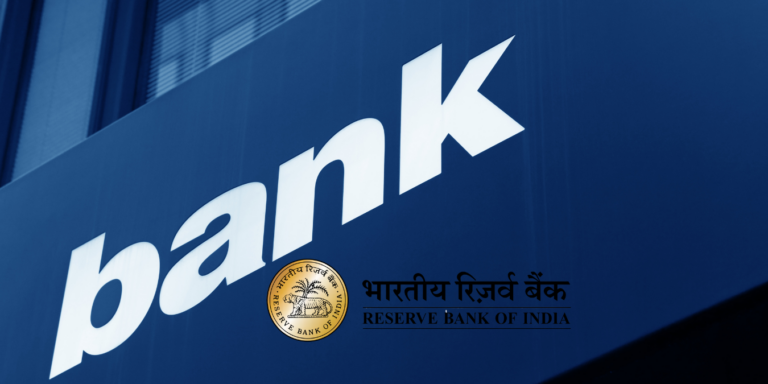
“How RBI’s repo rate cut led Bank of Maharashtra, SBI, and PNB to slash loan interest rates. Learn about reduced home, car, and education loan rates, their economic impact, and how borrowers can benefit. Stay informed on financial changes and opportunities for affordable borrowing.”
In a significant move aimed at stimulating economic growth and easing the financial burden on borrowers, the Reserve Bank of India (RBI) recently announced a reduction in the repo rate by 25 basis points (bps), bringing it down to 6.25%. This decision, the first such cut in five years, has prompted several banks to lower their loan interest rates, making borrowing more affordable for consumers and businesses alike. In this article, we will explore the implications of the RBI’s repo rate cut, examine how three major banks—Bank of Maharashtra, State Bank of India, and Punjab National Bank—have responded, and analyze the broader economic impact of these changes.
Understanding the RBI Repo Rate Cut
The repo rate is the rate at which the central bank (RBI) lends money to commercial banks. A reduction in the repo rate typically signals a shift towards a more accommodative monetary policy, aimed at encouraging borrowing and spending. By lowering the repo rate to 6.25%, the RBI has made it cheaper for banks to access funds, which, in turn, allows them to reduce the interest rates they charge on loans. This move is expected to boost consumer spending, support business investments, and ultimately stimulate economic growth.
Impact on Loan Interest Rates
Following the RBI’s announcement, several banks have swiftly passed on the benefits of the repo rate cut to their customers by reducing their lending rates. This reduction is expected to lower monthly EMIs (Equated Monthly Installments) and the overall interest burden for borrowers. Below, we take a closer look at how three major banks—Bank of Maharashtra, State Bank of India, and Punjab National Bank—have adjusted their loan interest rates.
1. Bank of Maharashtra (BoM)
Bank of Maharashtra has been among the most proactive in responding to the RBI’s rate cut. The bank has not only reduced its benchmark lending rates but has also introduced additional benefits for borrowers.
- Home Loans: The interest rate for home loans has been slashed to 8.10%, making it one of the most competitive rates in the market. This reduction is expected to attract more homebuyers and boost the housing sector.
- Car Loans: Car loans are now available at an interest rate starting from 8.45% per annum, providing relief to individuals looking to purchase vehicles.
- Education Loans: The bank has also lowered its education loan rates, with the new rates starting at 7.85% per annum, making higher education more accessible to students.
- Waiver of Processing Fees: In a bid to further ease the financial burden on borrowers, BoM has waived processing fees on home and car loans, offering additional savings.
2. State Bank of India (SBI)
As the largest public sector bank in India, the State Bank of India has also taken significant steps to pass on the benefits of the repo rate cut to its customers. SBI has revised its lending rates across various loan categories.
- Home Loans: Depending on the borrower’s credit profile, home loan interest rates now range from 8.25% to 9.2%. This reduction is expected to encourage more individuals to invest in real estate.
- Car Loans: The interest rates for car loans have been adjusted to range between 9.2% and 10.15%, making vehicle purchases more affordable.
- Loans Against Property: SBI has also reduced interest rates on loans against property, which now range from 9.75% to 11.05%, providing businesses and individuals with easier access to secured credit.
3. Punjab National Bank (PNB)
Punjab National Bank has also joined the trend by revising its loan interest rates in response to the RBI’s rate cut. The bank has introduced competitive rates across its loan products to attract borrowers.
- Home Loans: PNB is now offering home loans at an interest rate starting at 8.15% per annum, making it an attractive option for homebuyers.
- Car Loans: The bank has reduced car loan rates to a starting interest rate of 8.50% per annum, providing an incentive for individuals to purchase vehicles.
- Education Loans: PNB Digi education loans now begin at 7.85% per annum, ensuring that students have access to affordable financing for higher education.
Broader Implications for the Economy
The reduction in loan interest rates by these major banks is expected to have far-reaching effects on the economy. Here are some of the key implications:
- Increased Borrowing and Spending: Lower interest rates make borrowing more attractive for both consumers and businesses. This can lead to increased spending on goods and services, as well as higher investments in infrastructure and expansion projects, thereby stimulating economic growth.
- Boost to the Housing Market: The reduction in home loan interest rates is likely to spur demand in the real estate sector. Affordable housing loans can encourage more people to buy homes, benefiting not only the real estate industry but also related sectors such as construction, manufacturing, and retail.
- Support for Businesses: Lower borrowing costs can help businesses, especially small and medium enterprises (SMEs), access cheaper credit. This can enable them to expand operations, invest in new projects, and create jobs, contributing to overall economic development.
- Inflation Control: By making loans cheaper, the RBI aims to boost spending and investment, which can help control inflation and stabilize the economy. Increased economic activity can lead to higher production levels, reducing the pressure on prices.
- Improved Consumer Sentiment: Lower interest rates can improve consumer confidence, as individuals feel more financially secure and capable of making large purchases, such as homes and vehicles. This positive sentiment can further drive economic growth.
The RBI’s decision to cut the repo rate, coupled with the subsequent reduction in loan interest rates by major banks like Bank of Maharashtra, State Bank of India, and Punjab National Bank, marks a significant development for borrowers and the economy as a whole. These measures are expected to make loans more affordable, stimulate economic activity, and provide much-needed relief to consumers and businesses.
For borrowers, this is an opportune time to take advantage of the lower interest rates, whether for purchasing a home, buying a car, or financing higher education. Staying informed about the latest interest rate changes and understanding how they impact your financial decisions is crucial in making the most of these favorable conditions.
As the economic landscape continues to evolve, these measures are likely to play a pivotal role in driving growth and ensuring financial stability. Stay tuned for more updates on financial news and insights to navigate the changing economic environment effectively.
-
SBI, HDFC & 5 Other Prominent Indian Banks Cut FD Rates After RBI Repo Cuts
RBI’s repo slash triggered 7 top banks to gut FD rates—SBI, HDFC, ICICI slash yields overnight. But retirees
-
HDFC Bank’s Lounge Access Shock: Why Your Debit Card Perk Just Got 2X Tougher
HDFC just DOUBLED lounge access spends to Rs 10k—shocking millions! But wait: a SECRET Infiniti loophole unlocks 16
-
High-Value Credit Card Payments: The Silent Trigger for Section 148 Notices
Your coffee swipe is secretly arming tax sleuths with a ₹1.12 crore raid blueprint—but how? Uncover 2025’s hidden





